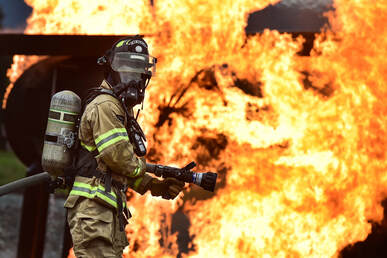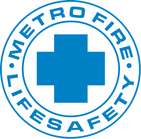WHY DOES SMOKE COME FROM A FIRE?

Let's say you have a nice fire going, and it has burned down to the point where what you see is a collection of hot "glowing embers." The fire is still producing a lot of heat, but it is producing no smoke at all. You might have gotten to this point either by starting with logs in a fireplace or by starting with charcoal. If you now toss a piece of wood, or even a sheet of paper, onto this fire, what you will notice is that the new fuel produces a lot of smoke as it heats up. Then, all of a sudden (often with a small pop), it bursts into flame and the smoke disappears.
If you have a fireplace or wood stove, or if you have been around a lot of campfires, this little scene is very familiar to you. It tells you a lot about smoke -- let's look at what is happening.
There are four things that you find in any piece of wood:
If you have a fireplace or wood stove, or if you have been around a lot of campfires, this little scene is very familiar to you. It tells you a lot about smoke -- let's look at what is happening.
There are four things that you find in any piece of wood:
- Water - Freshly cut wood contains a lot of water (sometimes more than half of its weight is water). Seasoned wood (wood that has been allowed to sit for a year or two) or kiln-dried wood contains a lot less water, but it still contains some.
- Volatile Organic Compounds - When the tree was alive, it contained sap and a wide variety of volatile hydrocarbons in its cells. Cellulose (a chief component of wood) is a carbohydrate, meaning it is made of glucose. A compound is "volatile" if it evaporates when heated. These compounds are all combustible (gasoline and alcohol are, after all, hydrocarbons -- the volatile hydrocarbons in wood burn the same way).
- Carbon
- Ash - Ash is the non-burnable minerals in the tree's cells, like calcium, potassium and magnesium.

